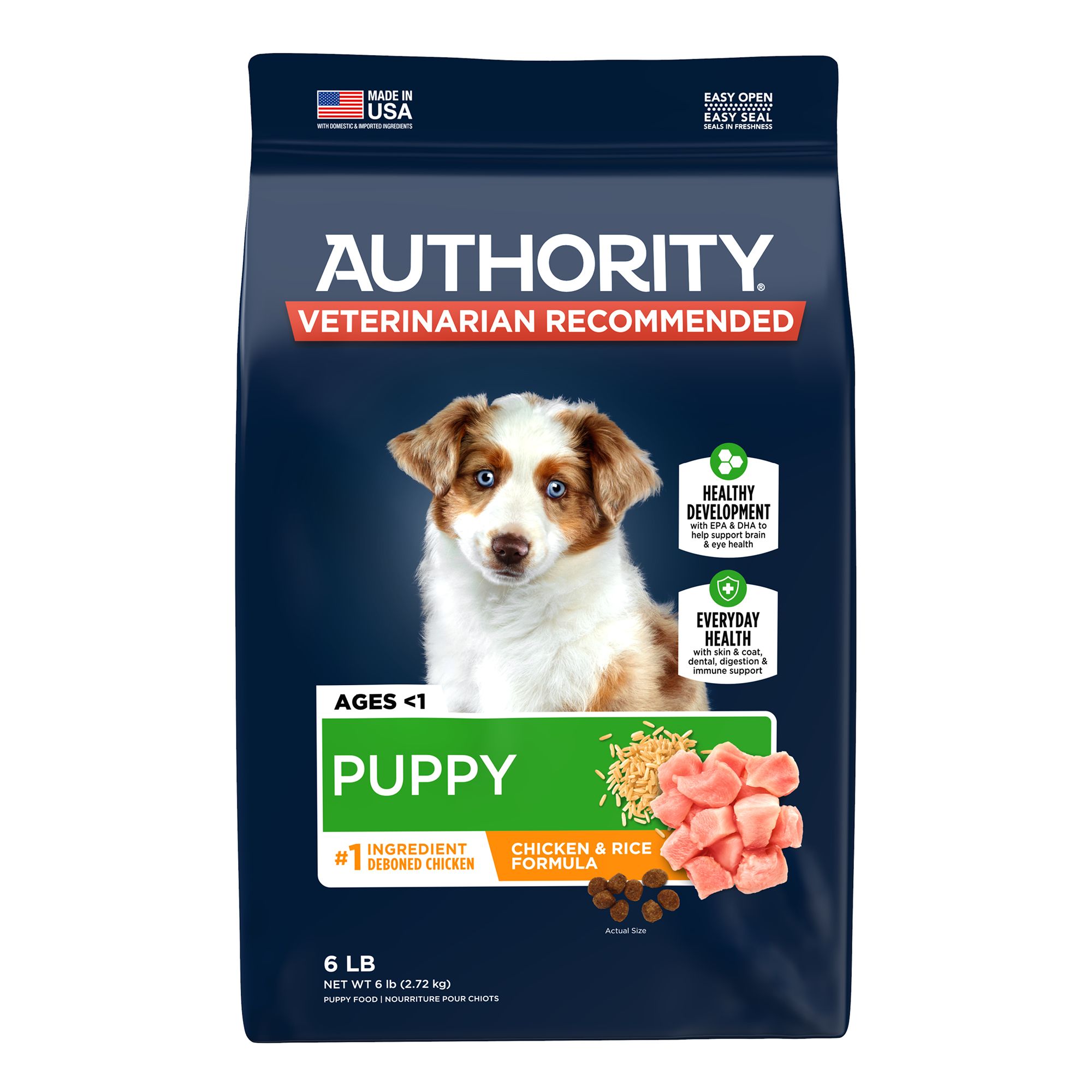Rise by Six: Your Daily Dose of Inspiration
Explore insights and stories that elevate your day.
Feline Fine: The Surprising Truth About Cat Cuisine
Discover the shocking secrets behind cat cuisine that will change the way you feed your feline friend! Unleash the truth today!
What Ingredients Should You Avoid in Cat Food?
When choosing cat food, it's crucial to be aware of certain ingredients that can harm your feline friend. One of the key ingredients to avoid is artificial preservatives, such as BHA, BHT, and ethoxyquin. These additives are often used to prolong shelf life but may be linked to health issues, including cancer. Additionally, by-products from meat can be misleading; they often contain low-quality protein sources that lack essential nutrients. Instead, look for whole meats listed as the primary ingredient to ensure a nutritious diet.
Another category to watch out for is fillers, which include ingredients like corn, wheat, and soy. These components provide little nutritional value and can lead to digestive issues in cats. Moreover, high levels of carbohydrates should be avoided as cats are obligate carnivores and thrive on protein-rich diets. Always read the labels carefully and prioritize products that specify quality proteins and natural ingredients, steering clear of those containing questionable additives.

The Nutritional Benefits of Grain-Free Diets for Cats
The nutritional benefits of grain-free diets for cats are increasingly recognized by pet owners and veterinarians alike. Cats are obligate carnivores, meaning their bodies are designed to thrive on a meat-based diet, and grains can be difficult for them to digest. By eliminating grains, pet owners can reduce the risk of food allergies and sensitivities, which can manifest as digestive issues or skin irritations. Moreover, grain-free options allow for higher protein content, essential for maintaining muscle mass and overall energy levels in cats.
In addition to better digestion and increased protein intake, a grain-free diet can also support optimal weight management. Many grain-free pet foods contain healthy fats and nutrient-dense ingredients that provide the necessary energy without unnecessary fillers. This can help prevent obesity, a common issue in household cats. Furthermore, grain-free diets often incorporate more natural sources of fiber, which contribute to healthy gut flora and enhanced digestion, ensuring your feline friend gets the most out of their meals.
How to Read Cat Food Labels: A Guide for Pet Owners
Understanding how to read cat food labels is crucial for pet owners who want to make informed choices about their feline's nutrition. The first step is to familiarize yourself with the ingredients list, which is typically found at the top of the label. Ingredients are listed in descending order by weight, meaning the first few items are the most significant components of the food. High-quality cat foods will usually list a specific protein source, like chicken or fish, as the first ingredient. Avoid foods that list vague terms like 'meat by-products' as their primary ingredients.
Next, pay attention to the guaranteed analysis section of the label, which provides essential nutritional information about the product. This part of the label will include the minimum percentages of protein and fat as well as the maximum percentages of fiber and moisture. Look for a product that contains at least 30% protein and no more than 10% fiber to ensure your cat is receiving appropriate nutrition. Additionally, don't overlook the declaration of nutrients, such as vitamins and minerals, as these components are vital for your cat's overall health and well-being.